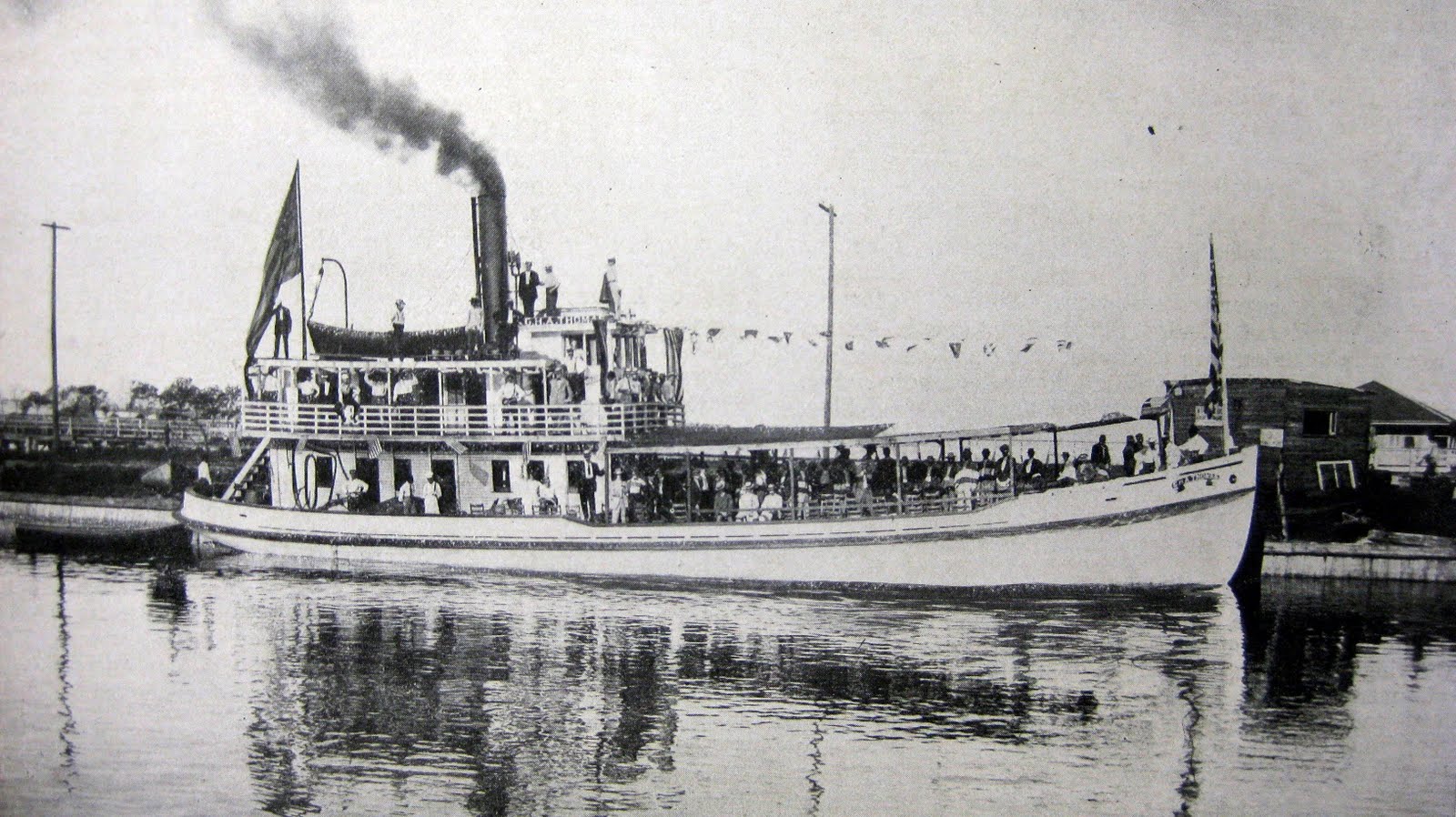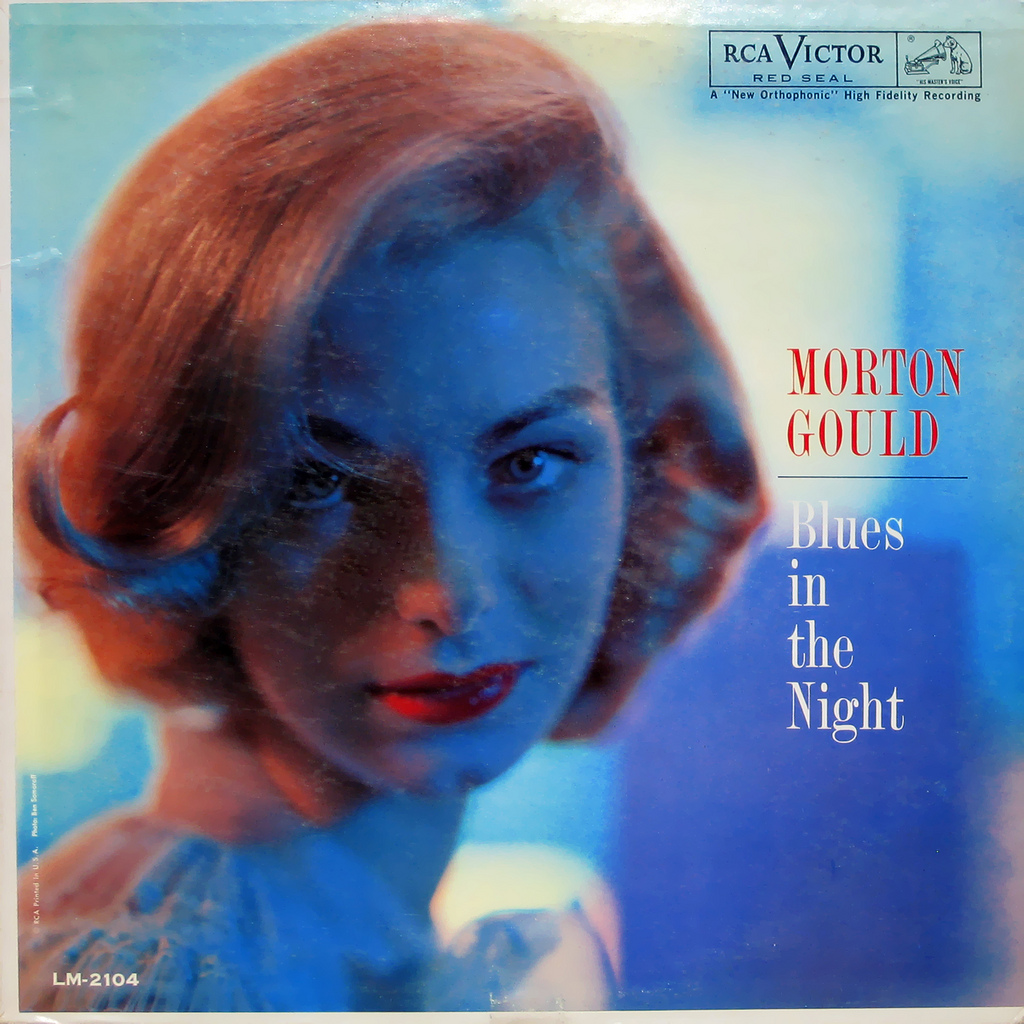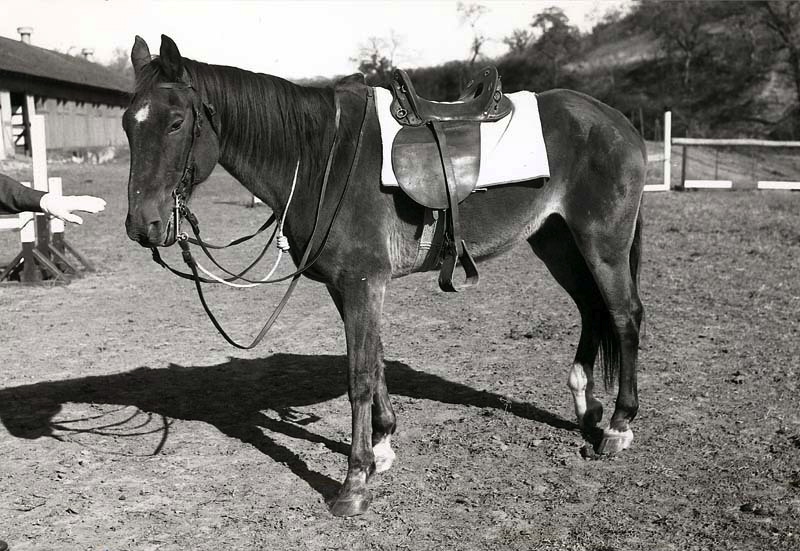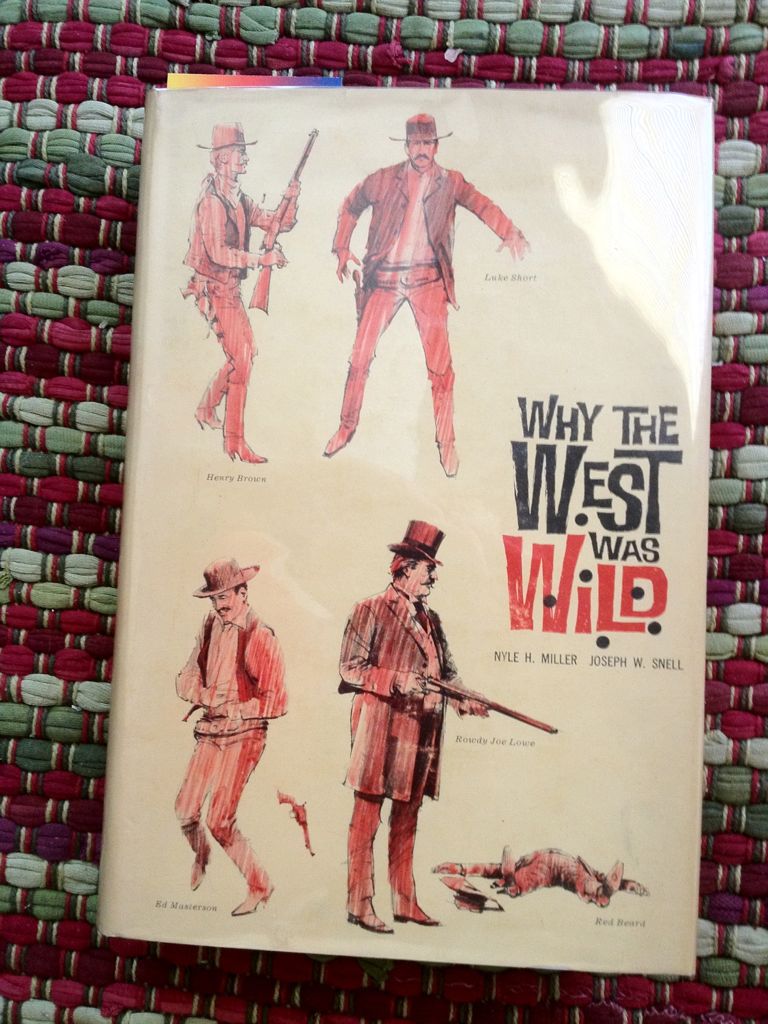
This is the best book ever written on the Old West. I’m tempted to say the best book ever edited on the Old West, because it consists primarily of contemporary documents, mostly newspaper reports but also letters and court transcripts — but the truth is that the documents are so well-selected and the terse commentary is so trenchant and learned, that it feels more composed than compiled.
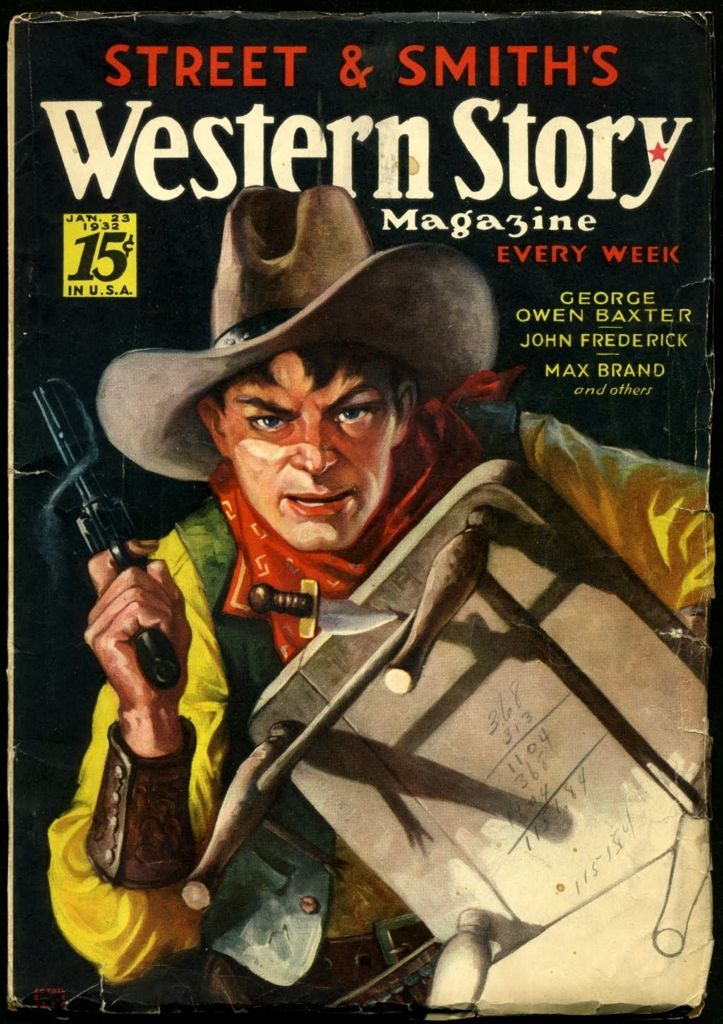
Almost everything written about the Old West has been fancied up and glamorized, even in the memoirs of people who helped make the history of the West. There has been an irresistible urge to feed the mythology that folks back east and later generations seemed to love and need so much.
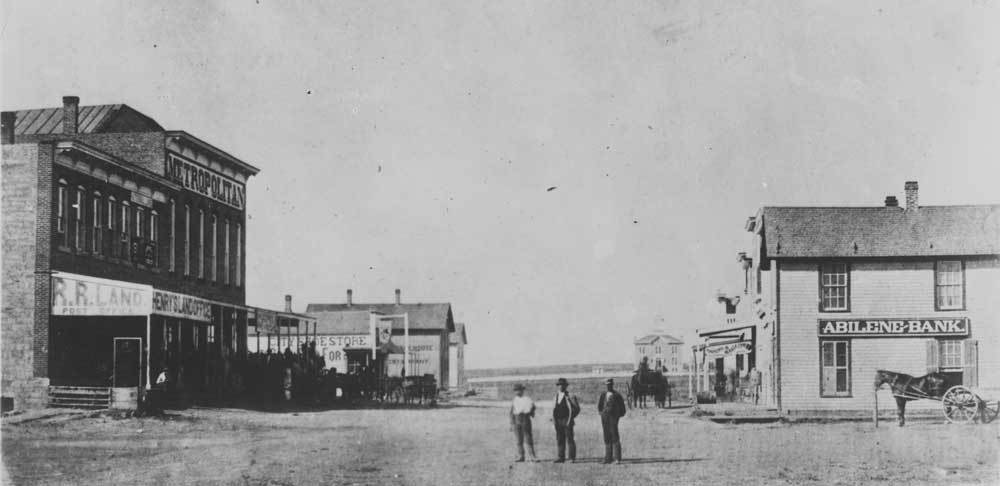
Why the West Was Wild is a record of the way it really was — harder, darker and way more surreal than the myths have allowed. Somewhat narrowly focused, it’s organized as a series of biographies of notable figures from the cow town years in Kansas — the late 1860s to the late 1880s — but those were the years and the region in which much of the mythology of the West was born.
Although it has the form of an encyclopedia or biographical dictionary, it reads like a collection of riveting short stories about a place and time we only think we know.
It’s still in print, from the University of Oklahoma Press.
Click on the images above to enlarge.

